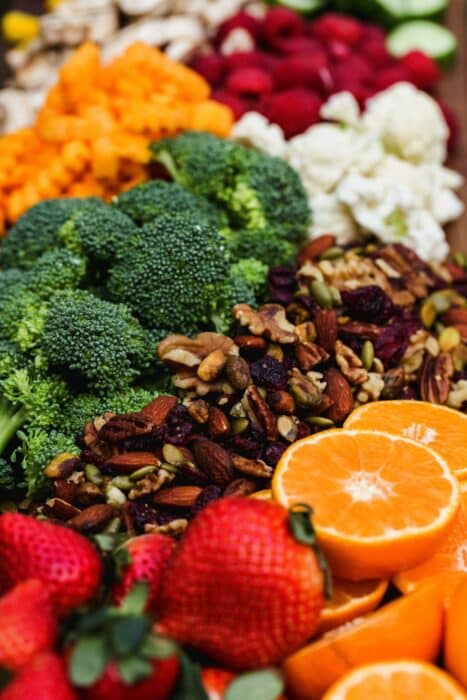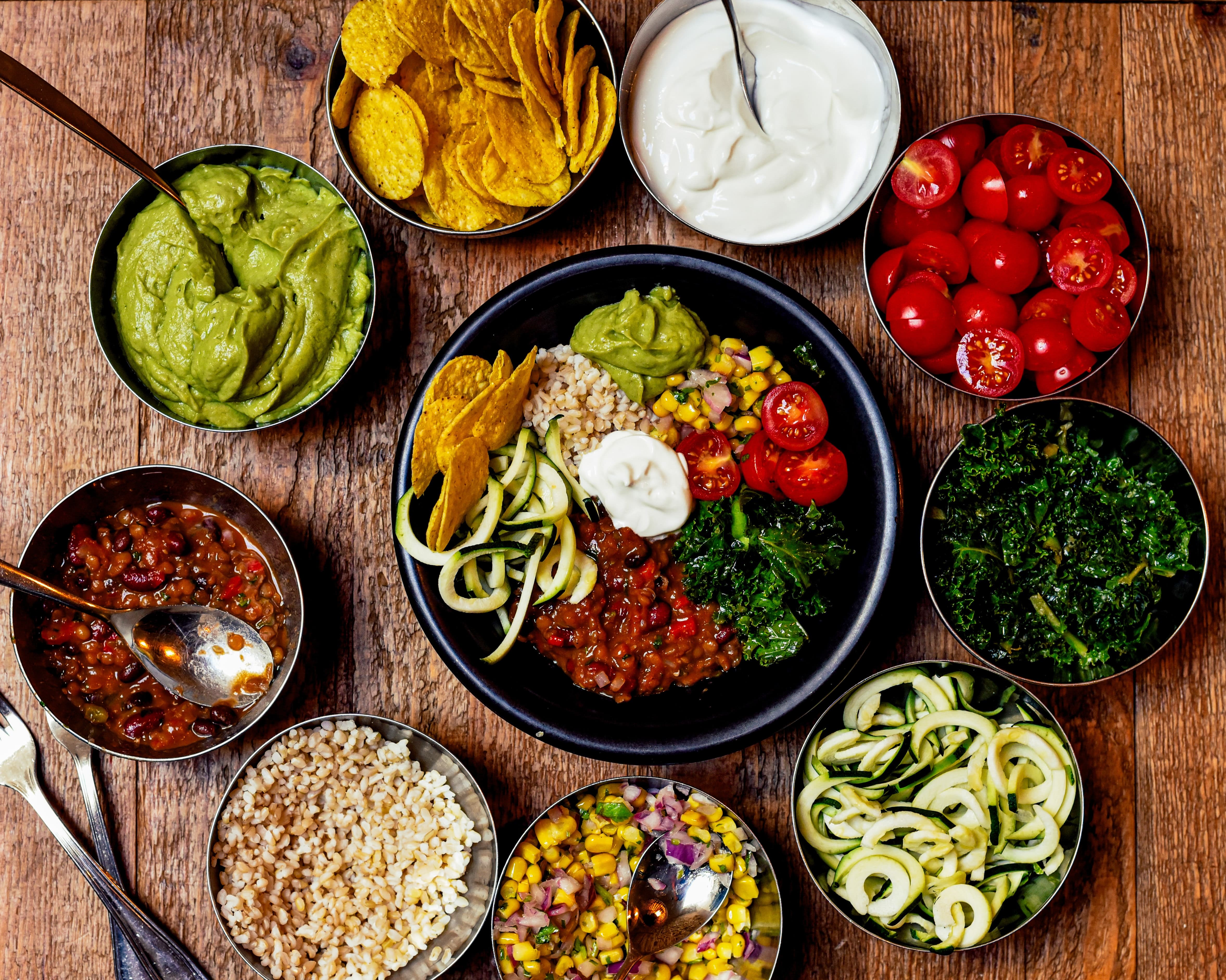10 February 2022
Debunking Myths about Flexitarianism
Between vegetarianism, veganism and plant-based diets, there lies flexitarianism. With all the eating practices that exist today, it can be easy to get lost. That’s why we’re helping you unravel the flexitarian diet, the latest eating trend that is earning traction with more and more followers all over the world.
What is flexitarianism?
As the name suggests, flexitarians are flexible in their diet. They try to reduce and limit their consumption of meat and fish. Unlike vegans or vegetarians who stop eating meat altogether and eliminate many foods from their daily lives, flexitarianism does not prohibit anything. However, in this type of diet, eating lots of fruits and vegetables is encouraged and of course, processed products are eliminated.

What are the benefits of being flexitarian?
Some people are not necessarily ready to go vegetarian, vegan or engage in a completely plant-based diet because it may seem very strict. But, they still want to do small things that are meaningful for the environment, animals, and their own health.
Flexitarianism focuses more on quality food. When meat is consumed, it is bought from the local butcher and it comes from healthy or organic breeding. Flexitarians are conscientious. They know that in addition to ethical issues, large cattle ranches cause environmental problems such as greenhouse gas emissions, deforestation and the excessive use of water.

Becoming flexitarian
The information we’ve shared is very useful, but if you really want to get into flexitarianism, what do you do?
- Reduce your consumption of meat and fish (ideally once or twice a week)
- Buy products with as little packaging as possible
- Focus on quality products (organic, minimally processed, etc.)
- Increase your intake of fruits, vegetables, and grains
- Consume local products
You can start your transition slowly and adjust your consumption over the coming weeks. The changes to your diet will occur gradually. Remember that balance is the magic word when it comes to flexitarianism.

3 flexitarian myths that need to be debunked
Being flexitarian is expensive
It’s the opposite! In some cases, as a flexitarian, you will considerably reduce your grocery bill. Buying organic products and healthy farmed meat is not that much more expensive. In addition, since you won’t be buying meat for all your weekly meals, part of this savings can now be used to buy your local products from small merchants. Of course, you still have to plan your budget, just like you would with any type of diet.
Being flexitarian is just a way to avoid being vegan
Being vegan is a whole way of life that you can ease into gradually. There are steps to follow and flexitarianism fits perfectly into the transition. For some people, this is a step along the way towards veganism or vegetarianism.
For others, there is no question of putting meat consumption aside completely! However, these people want to do their part for the environment, animals, and their own health. This shift is one focused on making small, simple gestures that will have a big impact on our planet in the long term.

Being a flexitarian does not provide enough nutrients for the body
What a myth! In fact, in recent years, many top athletes have proven otherwise. Many of them are now turning to flexitarianism in order to eat a balanced diet and consume products that are healthy for their body and aid in achieving peak performance. This is because the nutrients found in meat can also be found in other foods. The key is to eat a variety of foods, try new recipes, and discover delicious new ingredients.
Flexitarianism is a fairly accessible diet and the perfect choice for all those who do not want to make drastic changes, but who still want to do their part for the environment, for the animals, and for their own health.
